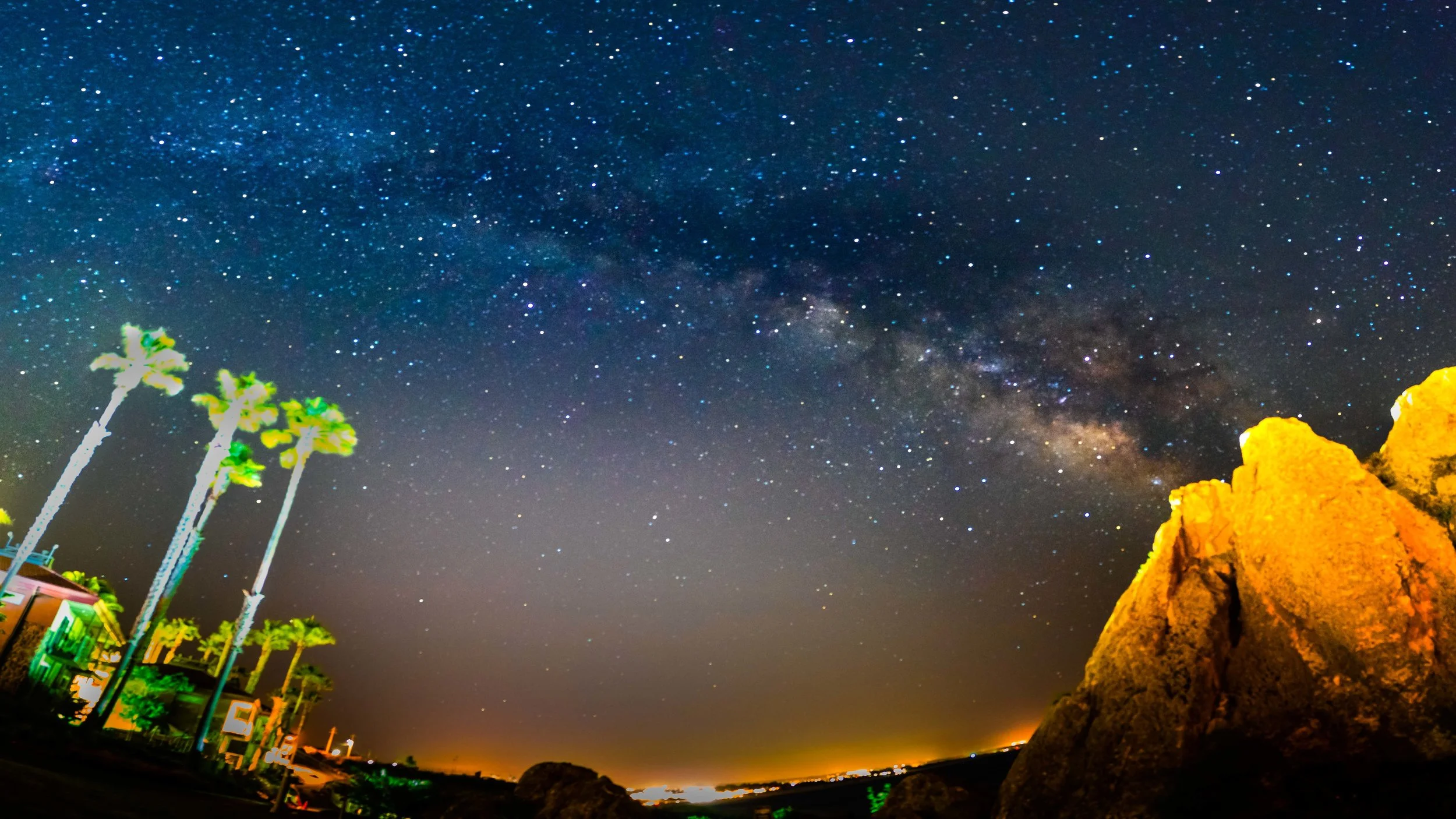We had another trip during a set of "dark sky" nights. We always check the moon phase on the PhotoPills app to see what "Milky Way Capture" conditions will be like. They looked pretty good with it being during the "New Moon" phase. One problem though. Pismo Beach is not known for its dark skies. Were we going to get skunked on our Milky Way attempts?
I'd recently a great blog post on the Lonely Speck website. Ian Norman describes a technique for capturing very useable Milky Way captures despite ambient light pollution! How? By using the "Expose To The Right" (ETTR) method. What is the "ETTR" method?
"Expose To The Right, or ETTR as it’s usually called, is a method of exposure optimization that utilizes overexposure in order to get the highest dynamic range by collecting the maximum amount of light data. It’s called Expose To The Right in reference to how the histogram of luminosity data should look for an image shot with this method. The majority of the image data should be pushed to the far right of the histogram without pushing the data over the edge (clipping). This ensures that most of the data recorded is in the “bright” section of the graph." (inorman, 2013). Please check them out! Ian Norman and his team have lots of great content centering around astrophotography gear and techniques.
I was anxious to see what my results would look like. Although Pismo Beach does have some light pollution from the city and pier lights, we also had the advantage of facing out to the ocean. Here are some of my captures after some Lightroom editing. See what you think. It was a little weird at first to overexpose on purpose. However, there was enough data to salvage by adjusting white balance, exposure, and contrast in Lightroom. Can't wait to try this again!
Fyi: I know my pano below is a little warped. My pano technique is getting better. I left it in as an example of what you can capture with the "ETTR" method.












